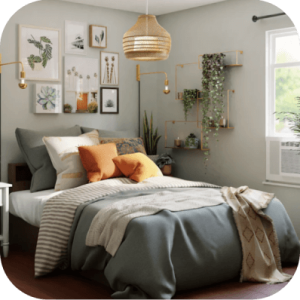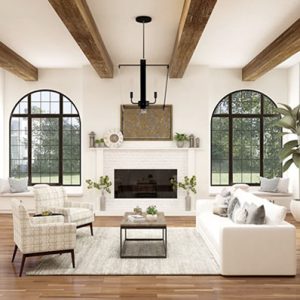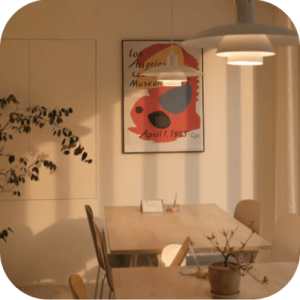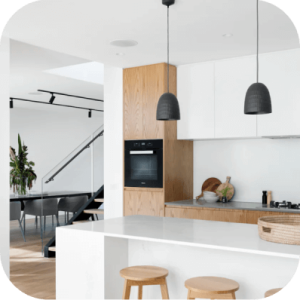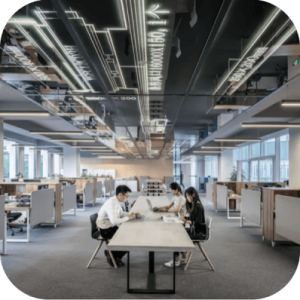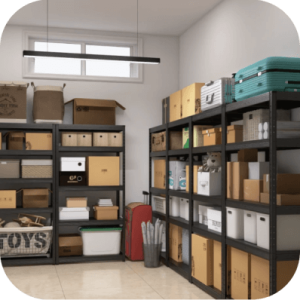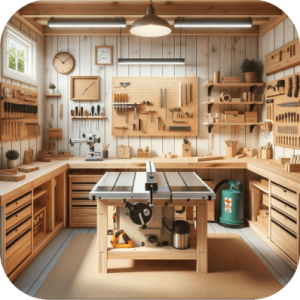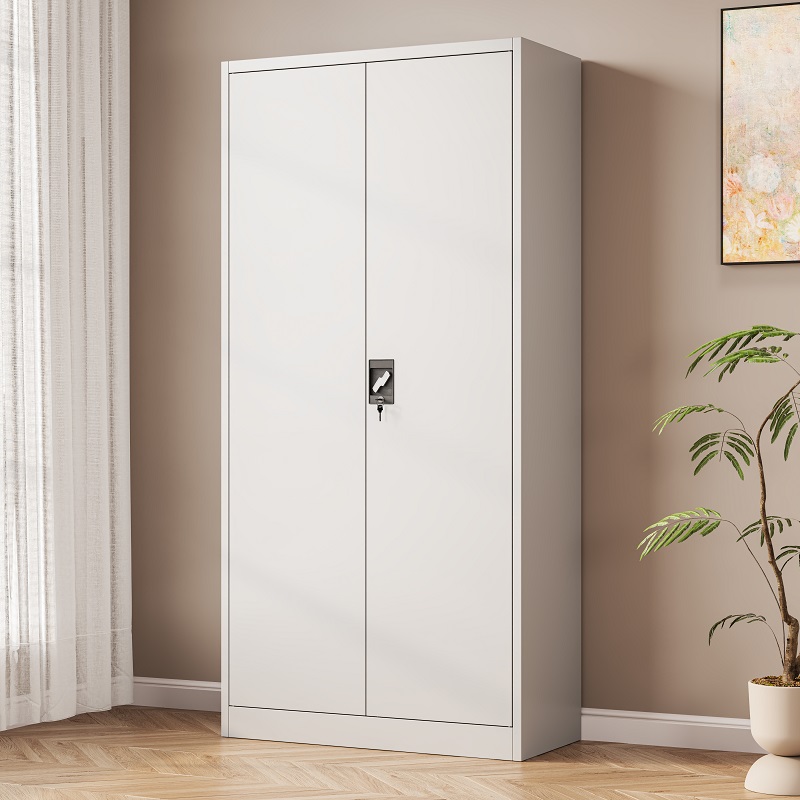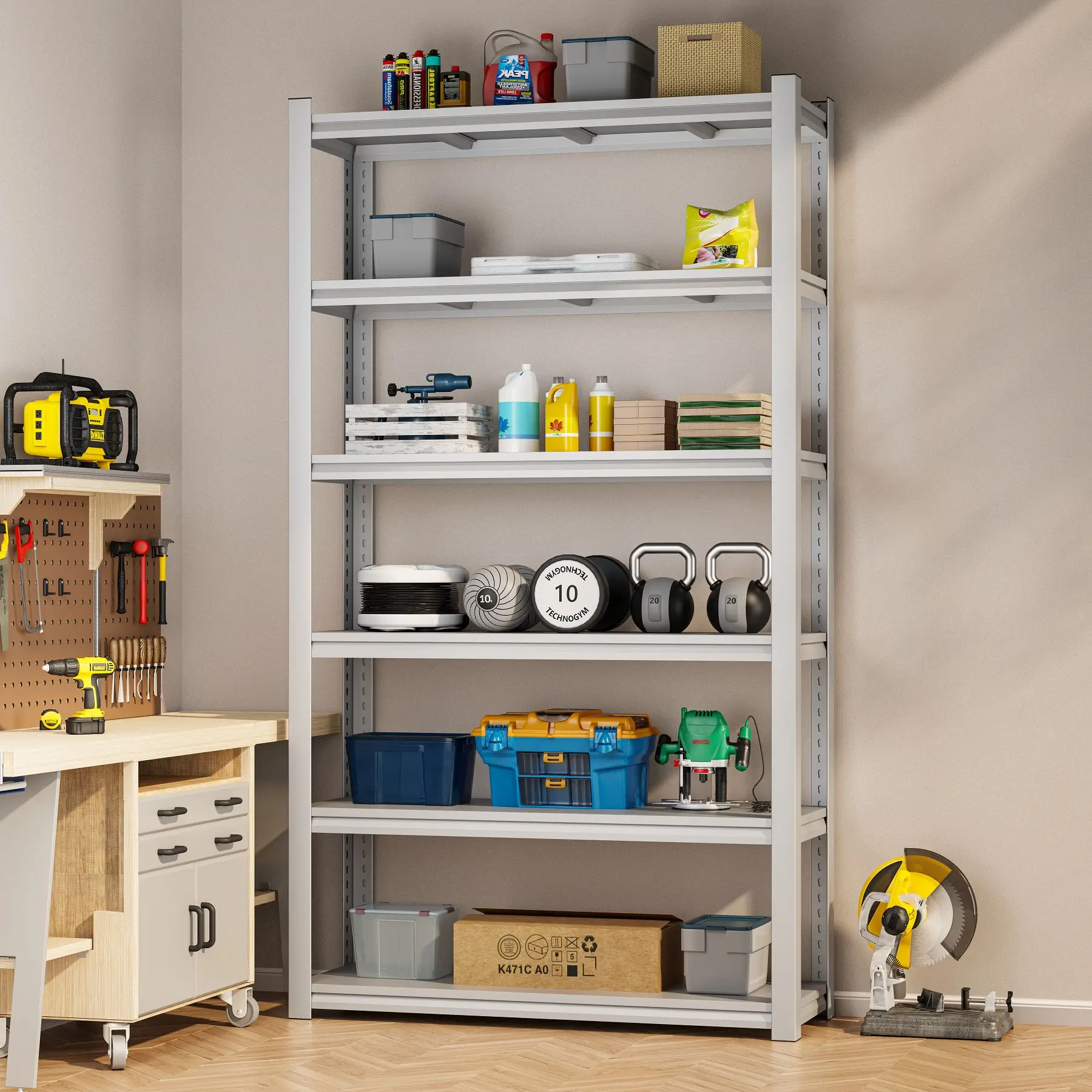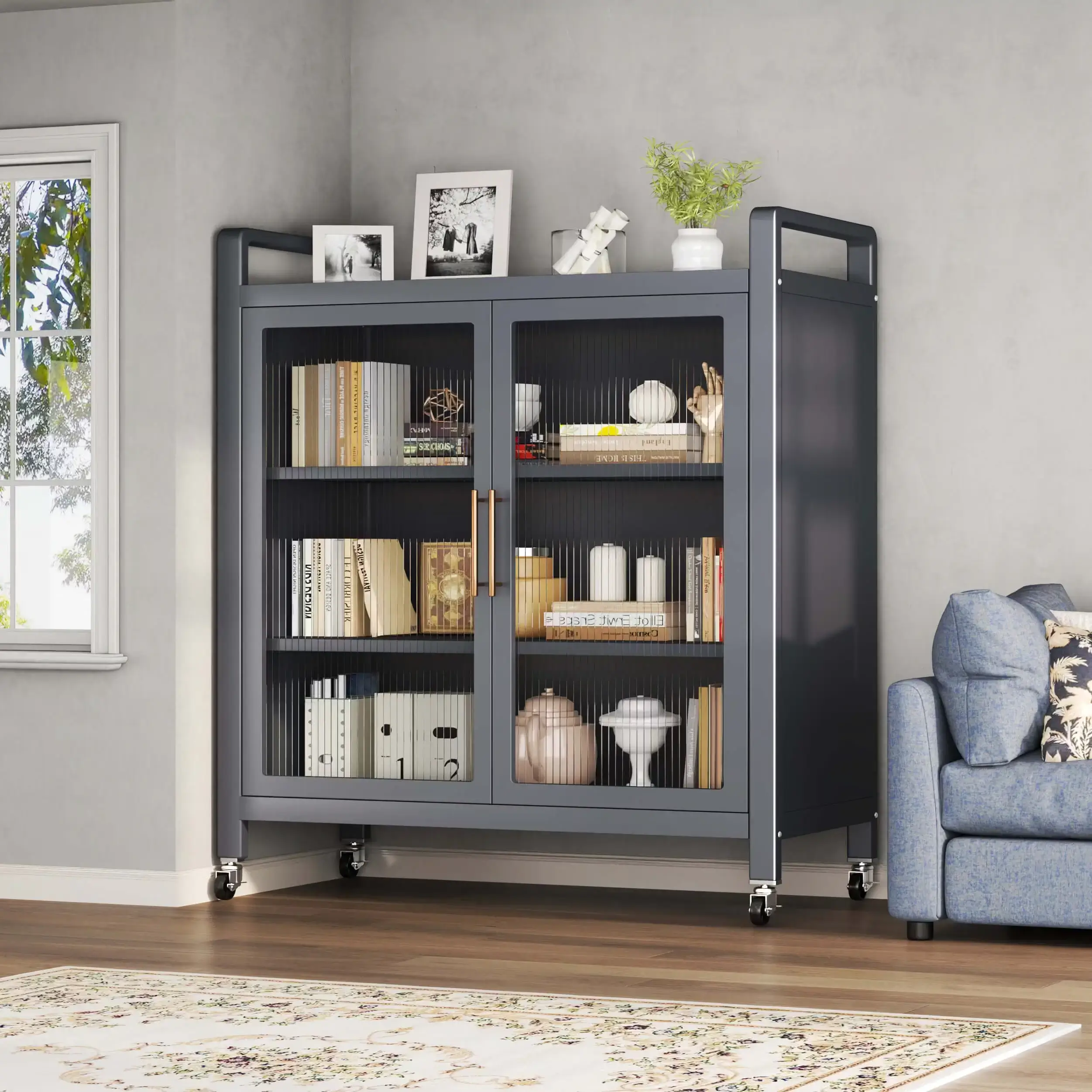When Southeast Asian countries purchase steel cabinets from China, cost control needs to be optimized from four dimensions: material and production costs, procurement strategies, supplier selection and management , and transportation and taxes. The following are specific strategies:
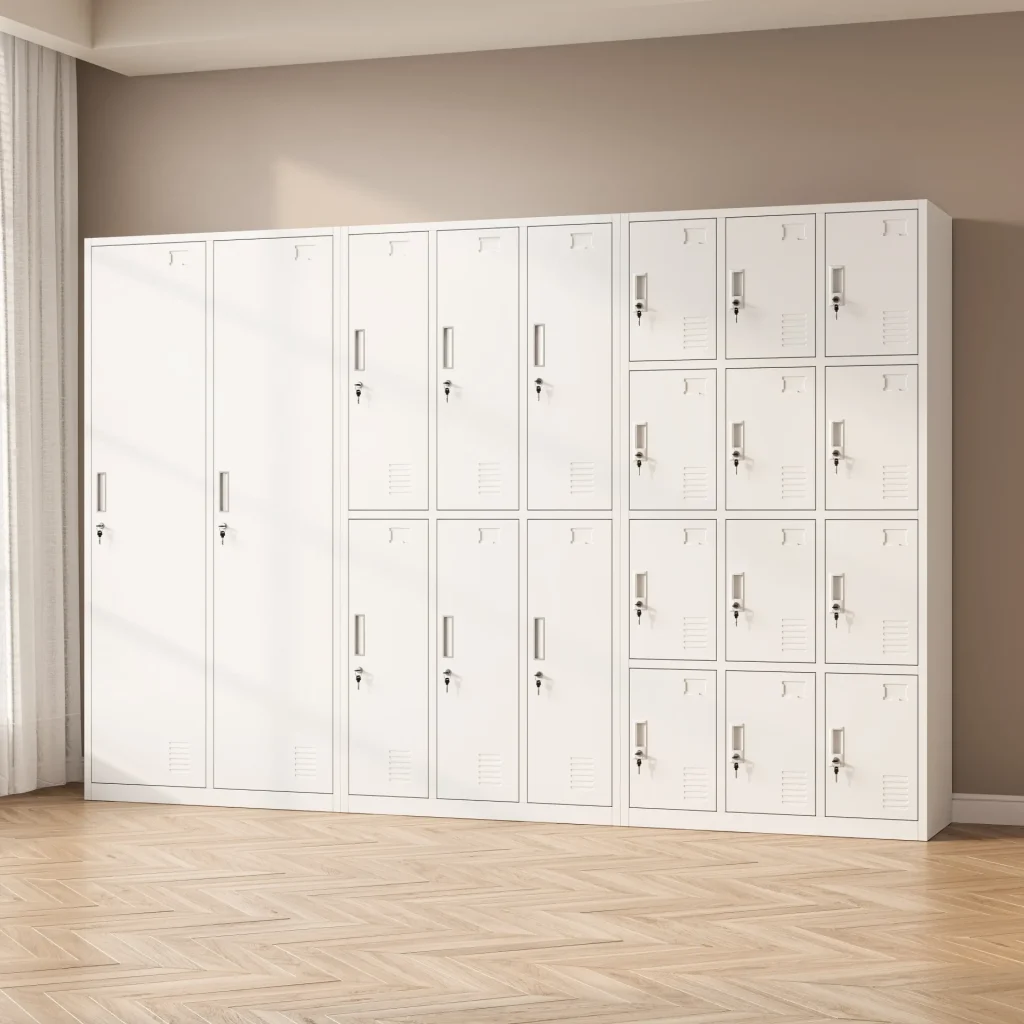
1. Material and Production Costs
- Select thickness according to the scenario: 0.6mm cold-rolled steel plate (0.7-0.8mm after spraying) is used in non-typhoon areas, and 0.8mm thickened steel plate is used in typhoon areas (such as the Philippines) to avoid excessive material use.
- Improved process efficiency : Electrostatic powder coating is used instead of traditional spray painting to reduce paint waste and VOC treatment costs.
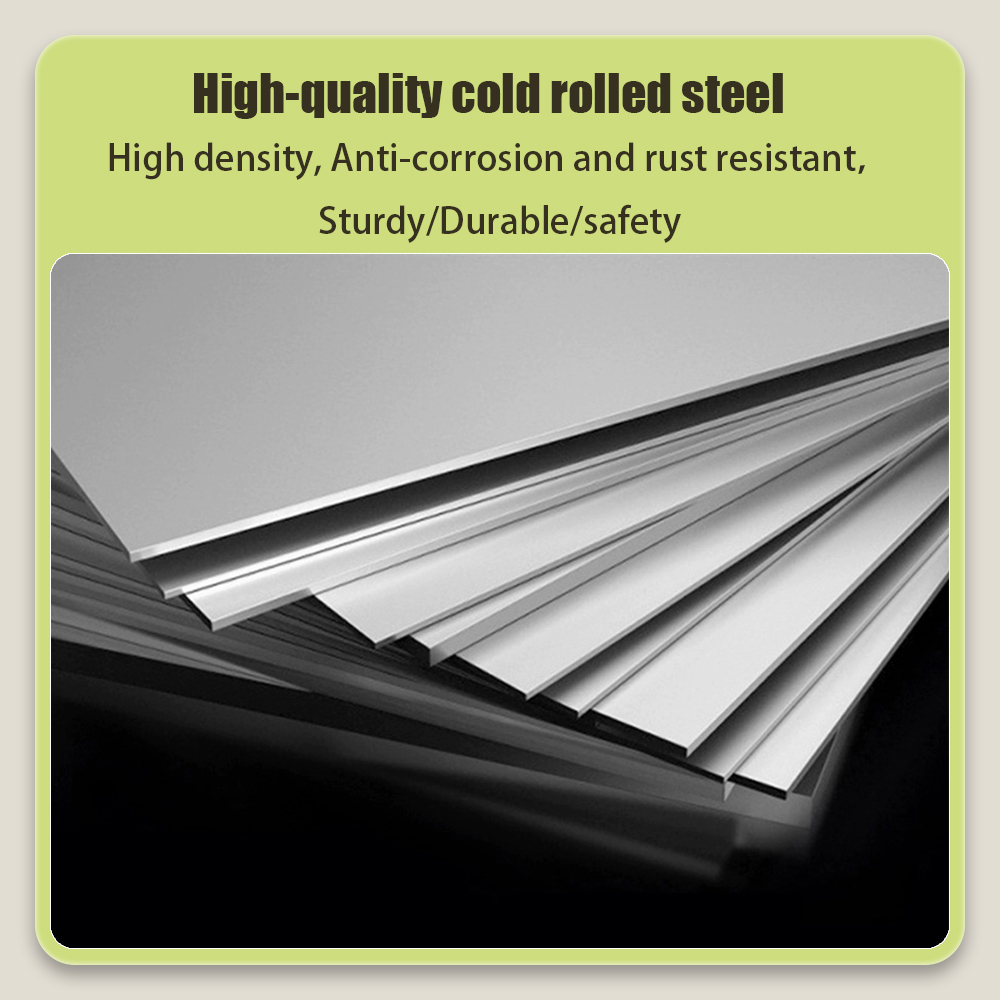
2. Procurement Strategy
- Centralized purchasing: Consolidate multiple orders to obtain volume discounts , such as a 5-10% drop in the cost per cabinet as the volume increases.
- Long-term cooperation agreement: Establish a stable relationship with reliable suppliers to lock in the risk of steel price fluctuations (such as agreeing on a quarterly price adjustment mechanism)
- Flexible supply mode: spot + customization combination , regular models are shipped directly from overseas warehouses (saving 15-30 days of production cycle)
3. Supplier Selection and Management
- Multi-channel price comparison: Get quotes from multiple sources through multiple platforms
- Factory direct purchase: bypass the middleman and work directly with the manufacturer
- Supplier evaluation: comprehensive consideration of price, quality and delivery capability
Give priority to integrated suppliers: such as FNT (Luoyang Furniture Import & Export Trading Co., Ltd) , a factory with material, production, certification and logistics integration capabilities, with comprehensive costs 8-12% lower than traders.
4. Shipping and Taxes
- Optimized container loading : Use 40HQ high cabinets (volume 67m³), with a single cabinet loading capacity of up to 200-250 standard file cabinets, diluting unit logistics costs. Use LCL for bulk cargo . Consider purchasing steel cabinets with disassembled structures that can be assembled locally to reduce transportation costs.
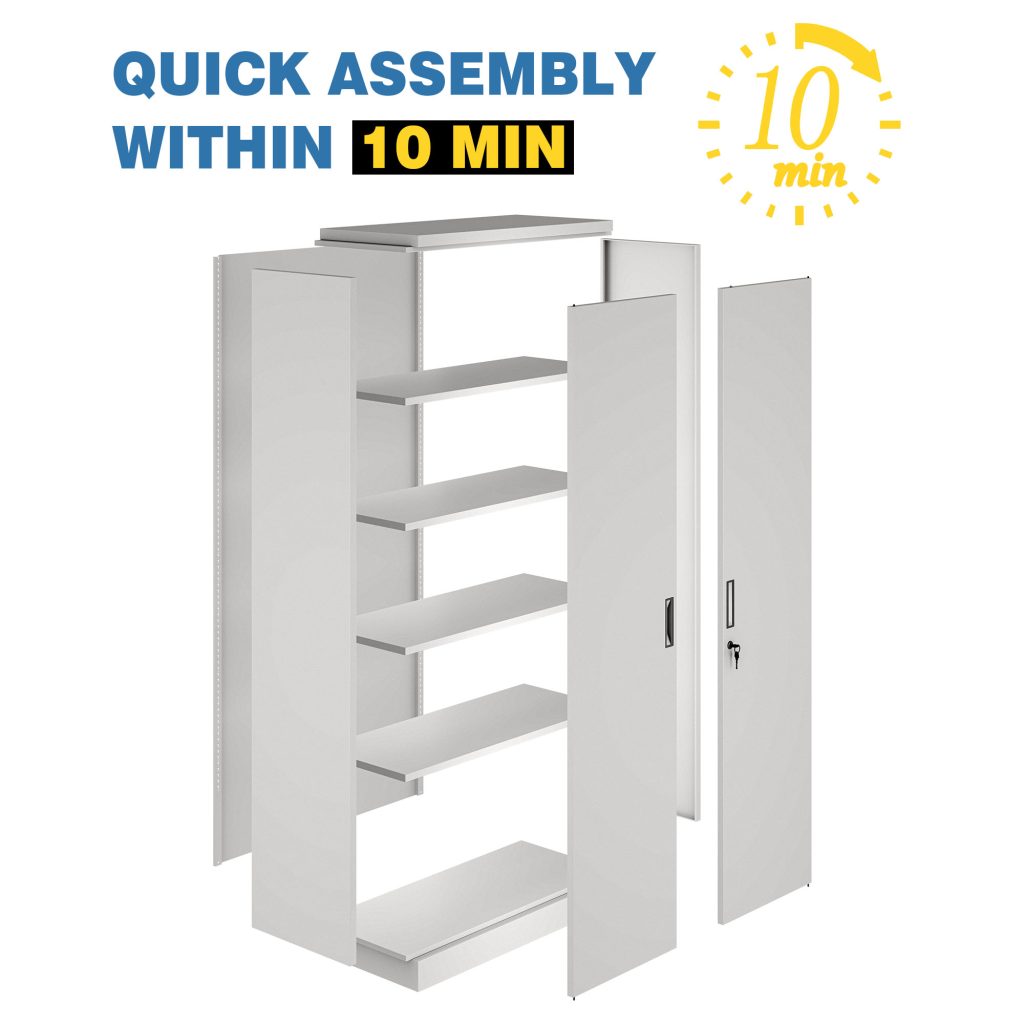
- Port selection: Compare the total landed costs of different ports and ask suppliers to provide FOB quotations to facilitate comparison of different logistics solutions
- Packaging optimization: Use folded pearl cotton + moisture-proof film to reduce volume (save 10-15% space compared to traditional foam).
- Using free trade agreements to reduce tariffs : Under the China-ASEAN Free Trade Agreement (ACFTA), the tariff on steel cabinets is generally 0-5% (original rate 10-15%), and a Form E certificate of origin is required.
- Markets such as Indonesia and the Philippines give priority to cabinets containing more than 60% environmentally friendly materials , which is in line with local environmental protection subsidy policies.
- Regularly review the supply chain: evaluate changes in steel prices, shipping rates, and tariff policies every quarter, and dynamically adjust procurement strategies.
Contact us
Click the right Online service on our website
Send us an email: [email protected]
Leave a message on our website.
WhatsApp/Wechat: +86 13937913510

